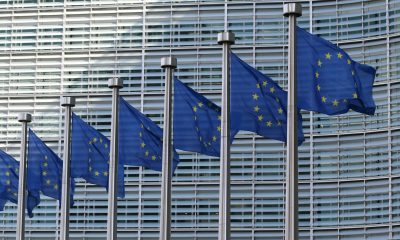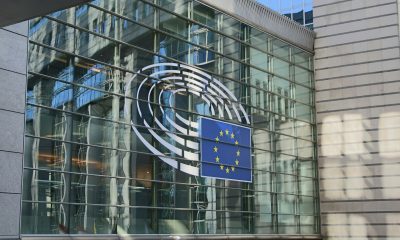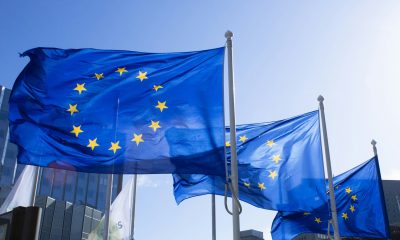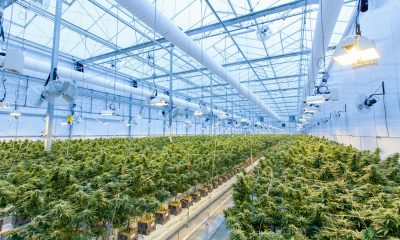Impact Investing
EU Vision for Agriculture: Sustainability, Innovation, and Competitiveness
The EU Vision for Agriculture and Food outlines priorities until 2040, focusing on sustainability, resilience, and innovation. Key areas include attracting young farmers, reducing bureaucracy, promoting digitalization, and integrating renewable practices. Challenges like climate change and global competition drive reforms, but critics highlight concerns over small farms and environmental impacts. Collaboration is essential.
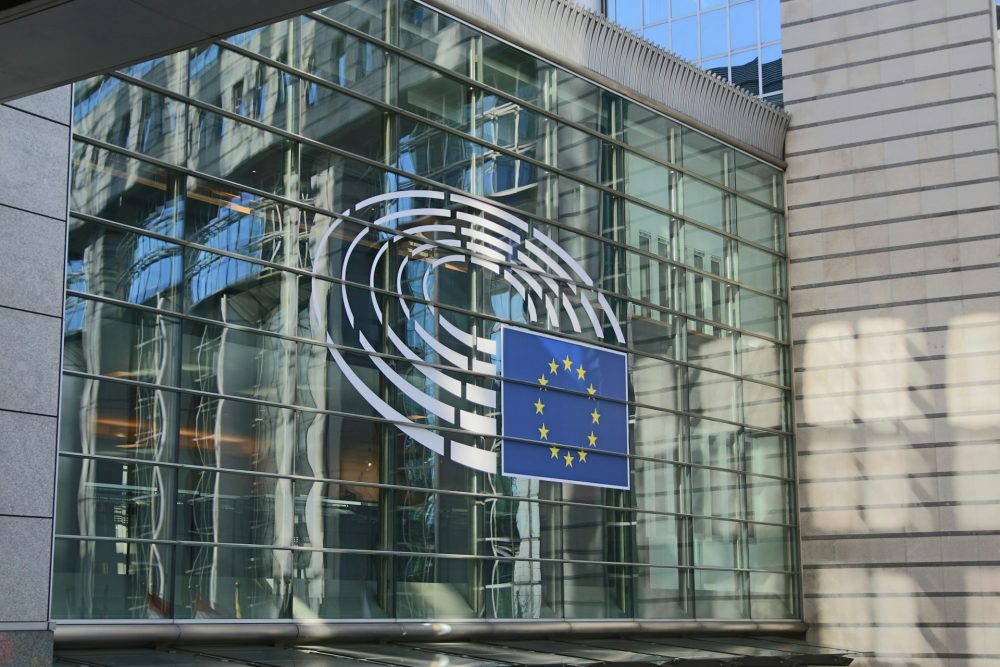
A boost to the European agri-food sector with the new EU Vision for Agriculture and Food that aims to reconcile sustainability, competitiveness and innovation by 2040. Faced with global pressures such as climate change and food security, the European Commission wants to create an attractive, competitive, resilient and future-oriented agri-food system.
What is the EU Vision for Agriculture and Food?
The EU Vision for Agriculture and Food is a strategic document that sets out the objectives and priorities for the European agri-food sector up to 2040 and beyond. The European Commission adopted this vision to ensure that the sector can address future challenges, such as climate change, global competition and the need for greater sustainability, through four closely interconnected priority areas:
Attractiveness of the agricultural sector : creating favourable conditions to attract new generations, ensuring fair income, targeted public support and transparency in the food chain. The aim is to valorise ecosystem services and offer new income opportunities, such as carbon credits, to make agriculture a sustainable and innovative career.
Competitiveness and resilience : Strengthening the position of the European agri-food sector in global markets by diversifying trade relations and reducing critical dependencies. The aim is to improve risk and crisis management, simplify policies and promote sustainable production standards to ensure food sovereignty.
Prepared for the future : Integrating innovation and sustainability to address climate and environmental challenges. This includes adopting low-carbon agricultural practices, using natural resources efficiently, and developing decarbonization strategies that balance competitiveness and ecology.
Valorization of rural areas : improving living and working conditions in rural areas, promoting constant dialogue with all actors in the food chain. The aim is to reduce waste, improve animal welfare and maintain dynamic and vital rural communities, ensuring a balance between economic development and environmental sustainability.
The Commission recognises the importance of an agricultural sector that is fit for the future, in particular the transition to a low-carbon economy. It therefore intends to encourage environmentally friendly agricultural practices, simplify access to biopesticides and promote efficient use of water resources. Finally, it places emphasis on living and working conditions in rural areas, with the aim of keeping them dynamic and vital, through constant dialogue with all actors in the food chain and a concrete commitment to reducing waste and improving animal welfare.
It also places great emphasis on close and collaborative engagement with relevant institutions, farmers, food chain operators and civil society, both at local and regional level, promoting trust and dialogue along the entire value chain, both within the European Union and globally.
The EU agri-food system has enormous economic value. In 2022, it generated €900 billion in added value and employed around 30 million people across the sector , underlining the importance of supporting and promoting the agri-food sector, ensuring that it continues to thrive and contribute significantly to the European economy.
The priority areas of action of the simplification package
One of the main objectives of the EU vision is regulatory simplification. The European Commission intends to reduce the bureaucratic burden for farmers and agri-food businesses by making access to finance and resources simpler and more transparent. This includes reviewing existing regulations and introducing new measures to facilitate the adoption of sustainable and innovative agricultural practices.
The EU vision also promotes innovation and digitalization as key tools to improve the competitiveness of the sector, encouraging the adoption of advanced technologies, such as precision agriculture and the use of satellite data, to optimize resource management and increase productivity.
Transversally, environmental sustainability is part of the EU vision, especially to respond to the challenges of climate change, primarily targeting measures to reduce the environmental impact of agriculture, such as CO2 emissions, promoting sustainable agricultural practices and the conservation of biodiversity. This includes the adoption of agricultural techniques that reduce the use of pesticides and chemical fertilizers, as well as the protection of natural ecosystems.
Finally, the European Commission highlights the need to attract new generations into the agricultural sector. Currently, only 12% of farmers in Europe are under 40 years old , highlighting the urgency of encouraging young people to enter this profession to ensure continuity. It is essential to facilitate young farmers’ access to finance and resources, while promoting generational renewal.
Why a roadmap for the future of agriculture and food?
Climate change requires the adoption of innovative agricultural practices, such as regenerative agriculture and agroforestry, to reduce emissions and make crops more resilient to extreme events. The growing demand for food , linked to global population expansion, requires an increase in agricultural productivity based on sustainable systems and advanced technologies such as precision agriculture.
Global competition requires European farmers to maintain high standards, including through EU economic and regulatory support, to ensure food sovereignty without compromising sustainability. Finally, food security remains a key priority: investing in transparent supply chains, reducing waste and protecting natural resources is essential to ensure fair access to food for all citizens. The European Commission’s vision aims to integrate technological solutions, advanced agricultural policies and international collaboration to address these challenges with a strategic and inclusive approach.
The critical points of the EU vision
Despite its ambitious goals, the European Commission’s proposal has attracted criticism from several associations and organisations. Some have raised concerns about the lack of strategic dialogue between stakeholders, which could undermine the effectiveness of the proposed policies. In addition, it has been highlighted that environmental and social issues related to agri-food systems, such as the impact of intensive farming practices on biodiversity and natural resources, have been underestimated.
Some fear that the EU vision focuses too much on the short-term competitiveness of agri-food companies, neglecting small and medium-sized farms that could be penalised. Critics also focus on the need to ensure greater support for these companies, so that they can adapt and thrive in an increasingly competitive and regulated environment. Addressing these critical issues will be crucial to achieving an inclusive and sustainable vision for the future of agriculture and food in Europe.
The current European legislative framework on agriculture and food
Innovation in agriculture has been driven by a series of EU regulations to drive change. Chief among these is the Common Agricultural Policy (CAP), a key EU instrument that supports farmers through direct funding to help them maintain their farming activities and adopt more sustainable practices. The 2023-2027 reform introduced “eco-schemes”, financial incentives linked to the adoption of environmentally friendly techniques, such as organic farming, sustainable soil management and agroforestry. It also provides targeted support to young farmers and small businesses to facilitate generational renewal and strengthen rural economies.
The Farm to Fork Strategy aims to transform the EU food system by making it more sustainable. Concrete actions include reducing the use of chemical pesticides by 50% and the use of fertilisers by 20% by 2030, encouraging the adoption of natural alternatives. It also promotes the certification of ecologically produced foods and campaigns to raise consumer awareness of healthier and more local diets. The strategy also aims to halve food waste by 2030, with the direct involvement of industries, consumers and retailers.
In addition, to protect at least 30% of the European territory and seas there is the Biodiversity Strategy 2030: The main objective is to improve the management of existing natural areas and create new ones. The strategy includes investments in green infrastructure to facilitate the connection of natural habitats. It supports agricultural practices that reduce the impact on ecosystems, such as crop rotation, conservation of agricultural habitats and the adoption of dedicated biodiversity areas within farms. The EU vision also includes awareness-raising programs for farmers and local communities.
Based on the report of the Strategic Dialogue on the Future of EU Agriculture and in consultation with the European Agriculture and Food Council (EBAF), the EU vision aims to ensure the long-term competitiveness and sustainability of the EU agriculture and food sector. However, success depends on farmers, businesses, institutions and consumers working together. Sustainability encompasses the environment, social fairness and economic growth.
Promoting sustainable agriculture requires investments, advanced technologies and innovative practices. Support for young farmers is crucial to ensure the continuity of the sector. Only through collective commitment will it be possible to achieve the ambitious objectives of the European Commission, transforming the agri-food sector into a pillar of sustainability and innovation.
__
(Featured image by Guillaume Périgois via Unsplash)
DISCLAIMER: This article was written by a third party contributor and does not reflect the opinion of Born2Invest, its management, staff or its associates. Please review our disclaimer for more information.
This article may include forward-looking statements. These forward-looking statements generally are identified by the words “believe,” “project,” “estimate,” “become,” “plan,” “will,” and similar expressions. These forward-looking statements involve known and unknown risks as well as uncertainties, including those discussed in the following cautionary statements and elsewhere in this article and on this site. Although the Company may believe that its expectations are based on reasonable assumptions, the actual results that the Company may achieve may differ materially from any forward-looking statements, which reflect the opinions of the management of the Company only as of the date hereof. Additionally, please make sure to read these important disclosures.
First published in ESG NEWS. A third-party contributor translated and adapted the article from the original. In case of discrepancy, the original will prevail.
Although we made reasonable efforts to provide accurate translations, some parts may be incorrect. Born2Invest assumes no responsibility for errors, omissions or ambiguities in the translations provided on this website. Any person or entity relying on translated content does so at their own risk. Born2Invest is not responsible for losses caused by such reliance on the accuracy or reliability of translated information. If you wish to report an error or inaccuracy in the translation, we encourage you to contact us

-

 Crypto2 weeks ago
Crypto2 weeks agoTether Defends USDT After S&P Downgrade Amid Growing Calls for Transparency
-

 Fintech18 hours ago
Fintech18 hours agoArgentina’s Banks Poised to Integrate Cryptocurrencies, Paving Way for Widespread Adoption
-

 Biotech1 week ago
Biotech1 week agoAngelini Ventures Signs €150 Million EIB Deal to Accelerate Biotech Innovation in Europe
-

 Impact Investing2 weeks ago
Impact Investing2 weeks agoITA Airways Unveils First Sustainability Report, Marking Major ESG Milestone
